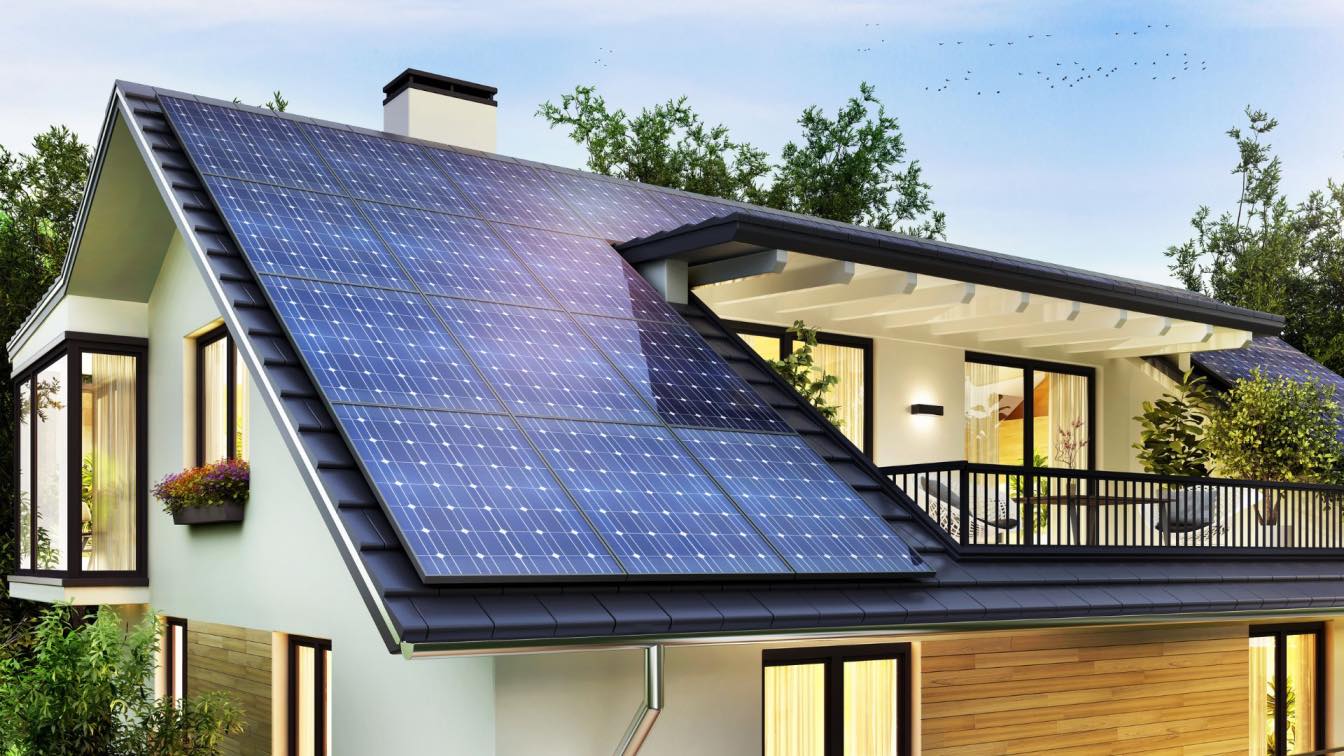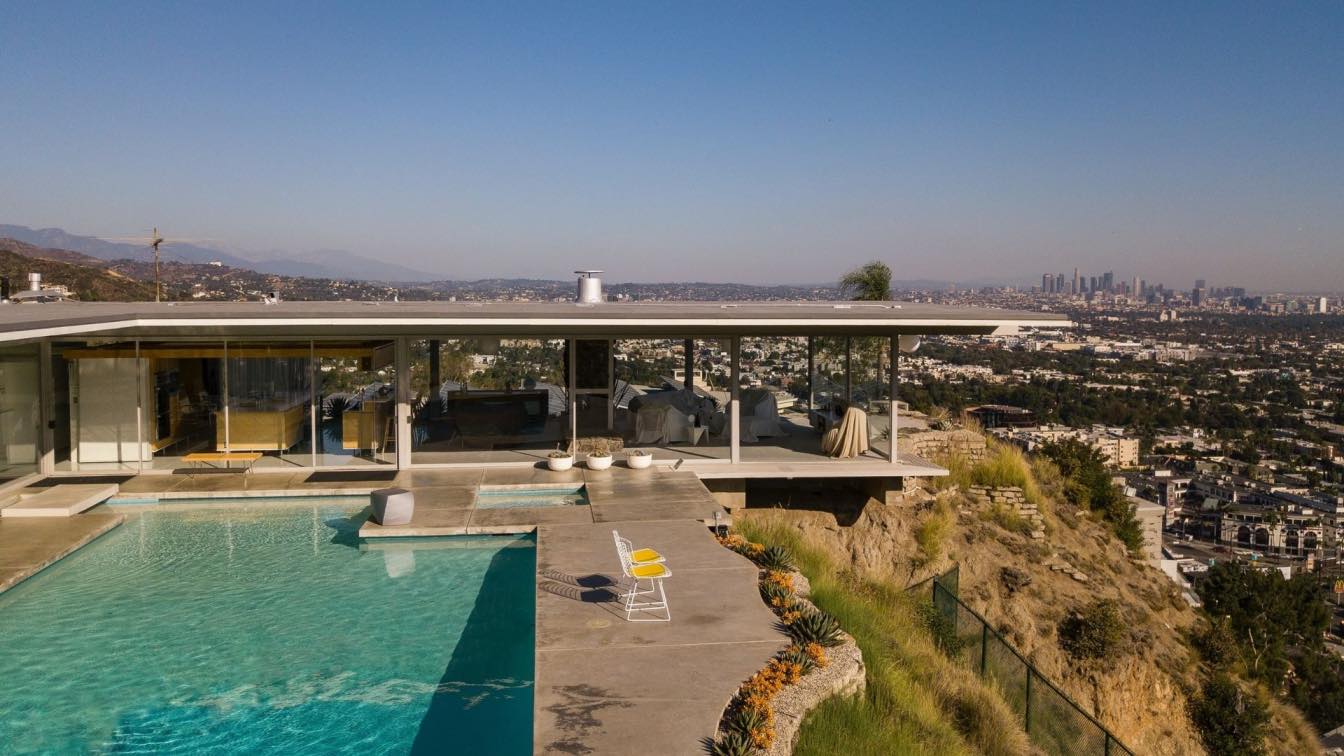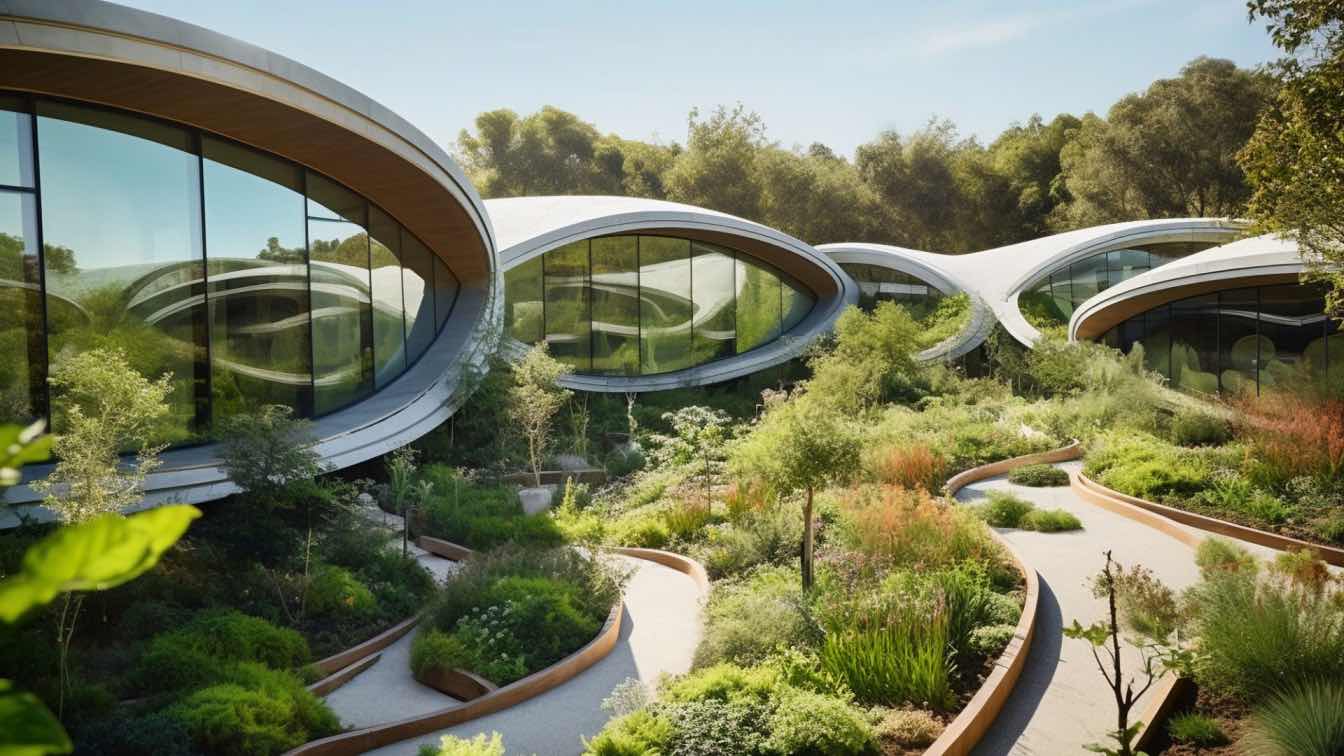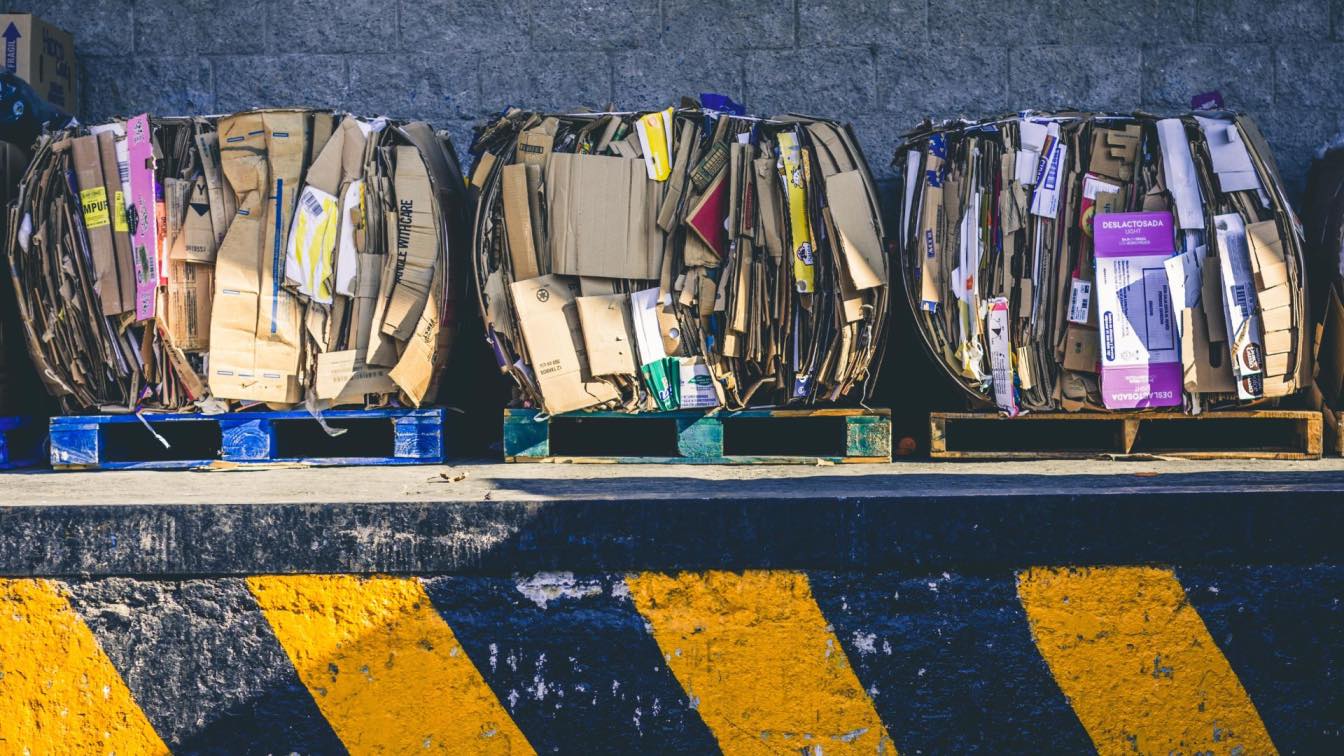People are becoming more mindful of their spending and lifestyle choices as they become more aware of the implications of global warming on the world. To make the globe greener, many governments are also pushing for the switch to greener energy sources.
Solar is one of the most widely available options for most households that are looking to go green. As a result, many homeowners are increasingly employing hybrid systems that combine solar energy with grid power to power their homes most of the time. However, as solar technology advances and becomes more efficient at capturing solar energy, most households will find it easier to switch to all-solar electricity. Fortunately, improvements in solar technology are also lowering the cost of solar inputs.
Designing a solar-ready home is the first step toward realizing your vision of going green. A solar-ready home is one that’s been planned and designed to accommodate the future solar installation. Note that you'll need a specific number of solar panels to power your house based on its size and projected energy needs. There’ll likely be numerous possible configurations for your smart solar power system. However, it’s preferable that you make a plan based on your projected requirements ahead of time.
If you intend to incorporate solar energy into your home, it's best to plan ahead. It makes no difference if you want to install them now, or five years from now. Adding certain design elements to your home can make solar installation or integration much more manageable. That said, here are some tips on designing a solar-ready home:
1. Conduct A Solar Audit
Houses come in different sizes and have different power requirements. If you’re using solar energy, you need to estimate the required power and consider the possible solutions that meet those requirements. It’s pointless to build a house only to find out that the roof space won’t be able to accommodate enough panels required to power the entire house.
A smart solar energy system entails choosing a solar power system that sustainably meets your energy needs with the least amount of waste. This translates to cost savings and it contributes to the preservation of the environment.
Therefore, you need to conduct a solar audit to help you determine your options, potential energy savings, available incentives, and the amount of solar power you can generate. This audit will help you design a solar-ready home because it outlines some of the things you ought to consider before construction. That said, have an expert, such as Smart Solar Energy, do the solar audit to ensure an accurate assessment.
2. Roof Considerations
The roof is the first thing to consider when designing a solar-ready home. Solar panels or cells are typically layered over the roof. For aesthetic reasons, you want the solar panels to blend in seamlessly with the rest of the house. So, for example, you may want to choose roof tiles with a darker color since most panels are made from black silicone. This will improve the appearance of the roof when panels are installed.
Furthermore, the roof must be designed in such a way that it can withstand the additional weight of the solar panels. Therefore, you must design your roof to accommodate the number of solar panels you require, while also ensuring that these panels don’t detract from the overall visual appeal of the roof.
Moreover, the roof’s design affects the efficiency of your solar system. Ideally, the roof must be set at the proper angle and should face the right direction for optimum efficiency. Here’s why:
a. Roof Direction
Now, because of how some houses are built and the surrounding landscape, getting the roof to face the right direction isn’t easy. A direct 180-degree orientation facing south is ideal for maximum efficiency. However, this isn’t always possible. Nevertheless, the closer you are to south, the better.
b. Roof Angle
As previously stated, the goal is arranging your solar panels to get as much sunlight as possible. So, you should choose the right roof angle for maximum light absorption. Remember that the ideal angle should depend on where you live. However, for most houses, a 40-degree pitch is recommended. If you’re unsure, you may want to consult an expert to help you determine the best roof angle.

3. Remove Obstructions
Before building your house, remove any potential obstacles that could complicate the solar installation process. These include barriers, such as vents, chimneys, and satellites. All these impediments can take up valuable space your solar panels should occupy. You may also move these things away from the solar face of the roof to make more room for the panels. However, if you have no other choice, you may have to bundle all these obstacles near the crest or edge.
Remember that attempting to remove these obstacles from a fully built house will almost certainly cost you a significant amount of money. Therefore, you should consider clearing these obstacles before construction is complete.
4. Install Conduits
The electrical lines that provide power from the panels to your home pass via conduits. Although it’d seem needless to add conduits when designing your home, doing so could save you a lot of money when you eventually decide to install solar panels.
Your conduits should be constructed from durable materials, such as metal, rigid PVC, or liquid right flex. Depending on the house's layout, these conduits may be arranged differently. However, it’s best if they’re organized in a straight line because if a problem arises in the future, it’ll be easier to troubleshoot. In addition, note that larger homes could require additional conduits as well. Thankfully, conduit installation is relatively inexpensive.
5. Eliminate Shade
If you intend to use solar energy to power your home, you’ll require ample sunlight. As a result, you must remove shade. Trees are the most common source of shade. Plus, during winter, the shadows cast by these trees are longer, so the solar panels may not get as much sunlight. Therefore, consider the placement of trees and other structures that may cast shade over the roof when constructing your home. Further, having trees above OR near the solar installation might make it tougher to clean solar panels.
6. Reserve Space Near the Electrical Panel
A solar inverter is important because it’s responsible for converting solar energy into electrical energy. This ought to be placed next to the house's electrical panel. Therefore, it’d be best to reserve a spot for it on the wall alongside the electrical panel when building or designing your house.
Furthermore, if you intend to add solar battery backup, you may need to create space for such batteries, too. This is especially important if you plan to make your home entirely solar. If the solar system fails unexpectedly, these batteries could power your home temporarily. Moreover, batteries will be critical in powering your home at night. The larger the house, the larger the batteries required, and the more space required to store the batteries. These batteries should be located near the electrical panel and inverter as well.
7. Policy And Zoning Restrictions
This may go over some people's heads, but it's important. Municipal policies in different places or regions may affect the adoption of distributed energy and metering policies in such areas. There may be capacity constraints that affect how many solar panels you can install and the size of your photovoltaic system. Furthermore, interconnection restrictions may affect how you configure your solar system. As a result, you may need to conduct some research before building a house, and ensure that you incorporate these into your design.
Municipal zoning restrictions in some regions may impact the solar installation procedure. Consequently, before beginning your project, confirm that there are no zoning, historic property, or district restrictions that prevent you from putting solar systems on your site.
8. Proximity To The Grid
In some cases, homeowners may be able to install a sophisticated solar system that allows them to generate excess electricity. If they’re close to transmission infrastructure, they might be able to sell this electricity. However, it’s improbable that a smart solar system will produce a significant load of electricity.
Nonetheless, being close to transmission lines is crucial because hybrid homes require grid access at night. Solar energy only generates power during the day; the grid will power the house at night, unless the solar power system is equipped with reliable batteries that can store enough energy to keep the house functioning through the night.
Conclusion
Investing in solar power for your home makes sense from a sustainability and financial perspective. This is, perhaps, the most popular solution that most people are considering as their green energy source. Fortunately, because solar technology is improving, input prices are expected to fall further. As a result of falling prices, you may be able to invest in more solar technology in the future. However, if you're building a house and intend to use solar energy in the future, it's best to start planning for that transition during the design phase.
According to the above points, solar systems necessitate structural and technical design considerations when building a house to ensure a smooth installation now or in the future. Besides, since the world is getting greener, you might as well build a solar-ready home now, whether you plan to install solar tomorrow or ten years from now.
Authors Bio
Brandon Macy is an environmental scientist with nearly 17 years of experience in life sciences research. He has worked at various institutes over this period, which has allowed him to develop valuable insights in the areas of energy, conservation, and climate change. Brandon is also a part-time lecturer, and enjoys reading and spending quality time with his family in his spare time.





